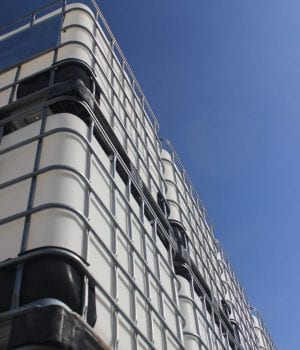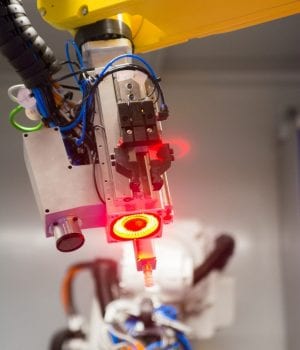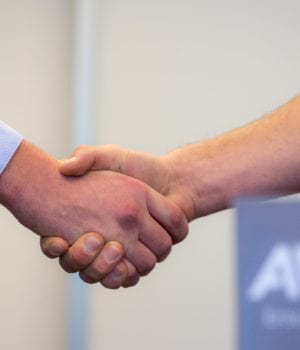Battery cells and battery modules
We would like to help you with the right machine for the demanding assembly of your battery cells!
The construction of battery modules is a complex task in which careful assembly, electrical insulation and thermal management are important issues. With our machines, our customers make complete battery modules from battery cells.
From battery to module
Rechargeable batteries, such as are used in electric bicycles or electric cars, consist of a collection of cells. These cells are assembled in groups to form a battery module. In each module, the cells are insulated, stacked and held together by means of structural members. After that, the poles of the cells are interconnected, thus creating the correct voltage. Depending on the power required, multiple modules can in turn be combined into a “battery pack”.
The module assembly is a complex task in which careful assembly, electrical insulation and thermal management are important issues. As is known, battery cell life and performance are very sensitive to temperature fluctuations. At high powers, batteries even have built-in heat exchangers in order to control the temperature of the cells.


Often bonding techniques with, for example, thermally conductive adhesives and above all laser welding are used in the assembly of these modules. Both joining techniques are core competencies of AWL. Besides battery frames, AWL also builds machines in the field of battery technology. For example, we have experience with the application of the laser welding of rechargeable batteries for autonomous vehicles and electric cars.
Safe welding of battery cells
In addition to quality, safety is of essential importance. AWL’s in-depth knowledge in the field of laser welding is of evident added value here too. If the temperature is too high, the battery cells may ignite. Thanks to laser welding, however, we can weld locally with minimal heat input. With a high level of knowledge and experience in the field of laser welding, also focused on the latest technological developments, AWL knows how to guarantee the quality of the process. AWL develops experience in test systems that ensure safe welding on battery cells.
No margin of error when making battery cells
Our smart high-tech machines connect, for example, the aluminum battery terminals with aluminum tabs. Since there are many battery cells in a battery module, there are also many connections to be made and this requires fast, safe and reliable joining processes. The connecting material thickness ranges from a few tenths of a millimeter up to one millimeter. Aluminum is a very good electrical conductor and therefore a logical choice, but is less suitable for welding operations, because minimal heat input and an accurate and high-quality weld are of great importance.
Through the use of laser welding, AWL can still make reliable aluminum connections and weld battery cells very accurately. This is important in avoiding mistakes around battery cells. Repair work is often impossible; one faulty weld can irreparably damage a battery module. We also have in-house knowledge for batteries that use other materials than aluminum.


Machine requirements
In order to reduce the number of defective battery modules to a minimum, AWL deliberately builds functionalities into the machines. Consider for example checking the polarity of the cells, and in particular the control of the constructive tolerances of the cells in a module. Knowledge about the different laser sources gives us an advantage in making stable welds. This, combined with an accurate positioning technique in our jigs and experience in controlling the shielding gas flow, is the key to a reliable and successful production process.
Are you interested in our battery cells?
Please contact us!


















